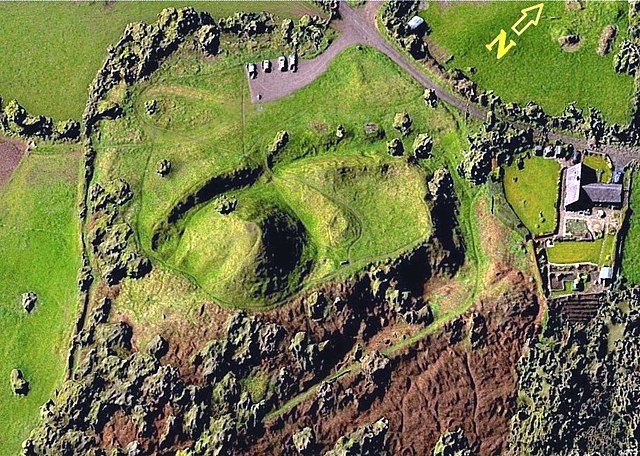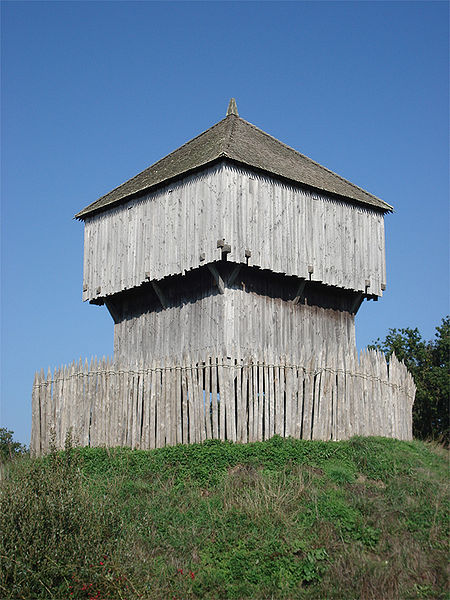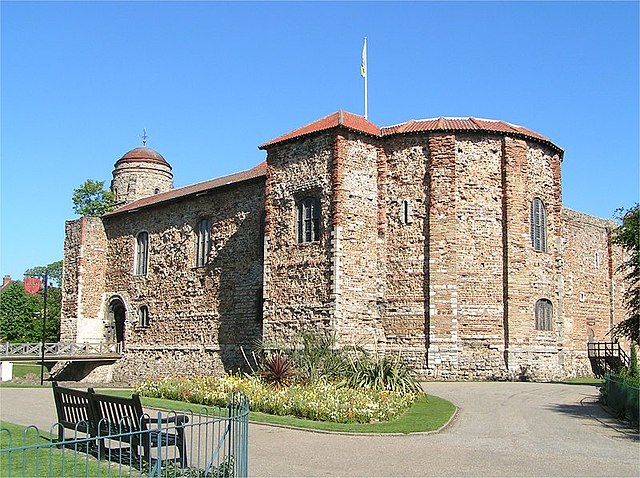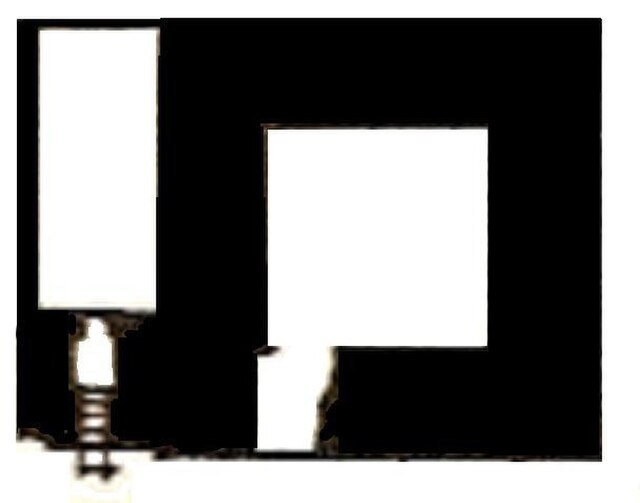A motte-and-bailey castle is a European fortification with a wooden or stone keep situated on a raised area of ground called a motte, accompanied by a walled courtyard, or bailey, surrounded by a protective ditch and palisade. Relatively easy to build with unskilled labour, but still militarily formidable, these castles were built across northern Europe from the 10th century onwards, spreading from Normandy and Anjou in France, into the Holy Roman Empire, as well as the Low Countries it controlled, in the 11th century, when these castles were popularized in the area that became the Netherlands. The Normans introduced the design into England and Wales. Motte-and-bailey castles were adopted in Scotland, Ireland, and Denmark in the 12th and 13th centuries. By the end of the 13th century, the design was largely superseded by alternative forms of fortification, but the earthworks remain a prominent feature in many countries.

A reconstruction of the English city of York in the 15th century, showing the motte-and-bailey fortifications of Old Baile (left foreground) and York Castle topped by Clifford's Tower (centre right)
Plan of Topcliffe Castle in North Yorkshire, an archetypal motte-and-bailey design
Castle Pulverbatch in Shropshire in England was built in the 11th or 12th century and abandoned by 1202. This digital elevation model shows the motte just left of centre, with the bailey to the right (north-east) of it.
The motte and bailey defences of Launceston Castle in England
A keep is a type of fortified tower built within castles during the Middle Ages by European nobility. Scholars have debated the scope of the word keep, but usually consider it to refer to large towers in castles that were fortified residences, used as a refuge of last resort should the rest of the castle fall to an adversary. The first keeps were made of timber and formed a key part of the motte-and-bailey castles that emerged in Normandy and Anjou during the 10th century; the design spread to England, Portugal, south Italy and Sicily. As a result of the Norman invasion of 1066, use spread into Wales during the second half of the 11th century and into Ireland in the 1170s. The Anglo-Normans and French rulers began to build stone keeps during the 10th and 11th centuries, including Norman keeps, with a square or rectangular design, and circular shell keeps. Stone keeps carried considerable political as well as military importance and could take a decade or more to build.

The Norman (c. 1126) keep of Rochester Castle, England (rear). The shorter rectangular tower attached to the keep is its forebuilding, and the curtain wall is in the foreground.
Reconstructed wooden keep at Saint-Sylvain-d'Anjou
The Norman keep at Colchester Castle in Essex, built in a Romanesque style on the foundations of a Roman temple
The Norman keep (r) and prison (l) at Goodrich Castle in Herefordshire, England, built to a square design in the early 12th century








